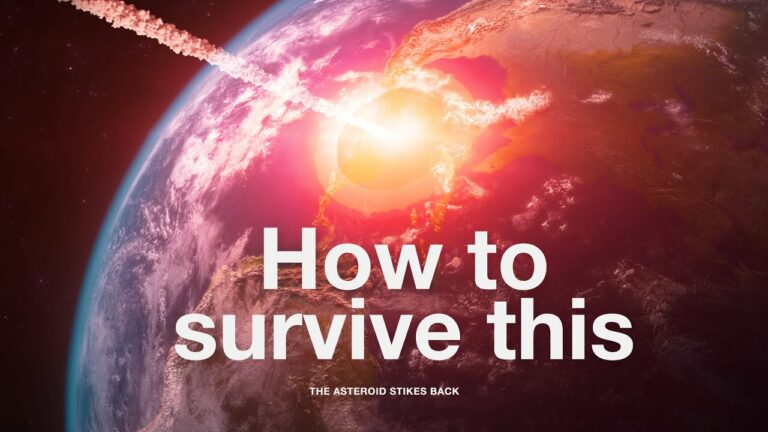Could Humans Survive the Dinosaur-Killing Asteroid?
Some 66 million years ago, a huge meteorite struck the area that is today’s Yucatan Peninsula, causing the disappearance of roughly three quarters of all species on the planet, including a vast majority of dinosaurs. Nevertheless, some life forms were able to persist through this disaster owing to several factors. Mammals, birds and reptiles had higher chances of survival due to their size, ability to seek refuge and flexibility in the type of habitats they could occupy. The impact, characterized by things like heat and wildfires, missed many of these creatures, as they could dig into the ground or seek shelter in water.
Also, species that could feed on a broader array of food types had better chances of surviving the post-impact phase, where resource availability plummeted. The sudden disappearance of the large bodies such as dinosaurs relieved ecological pressures leading to diversification.
This event led to the domination of the earth by mammals and finally brought about the evolution of man. The existence of these species promotes the understanding of the fight of life, as well as the interconnected biological and ecological processes that govern




0 Comments